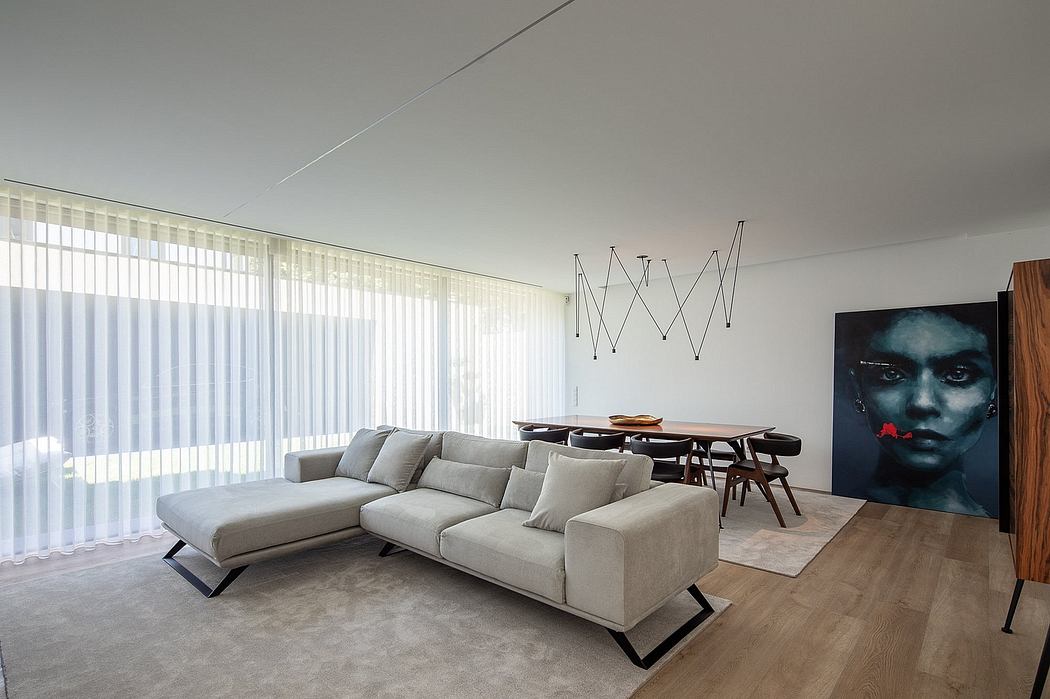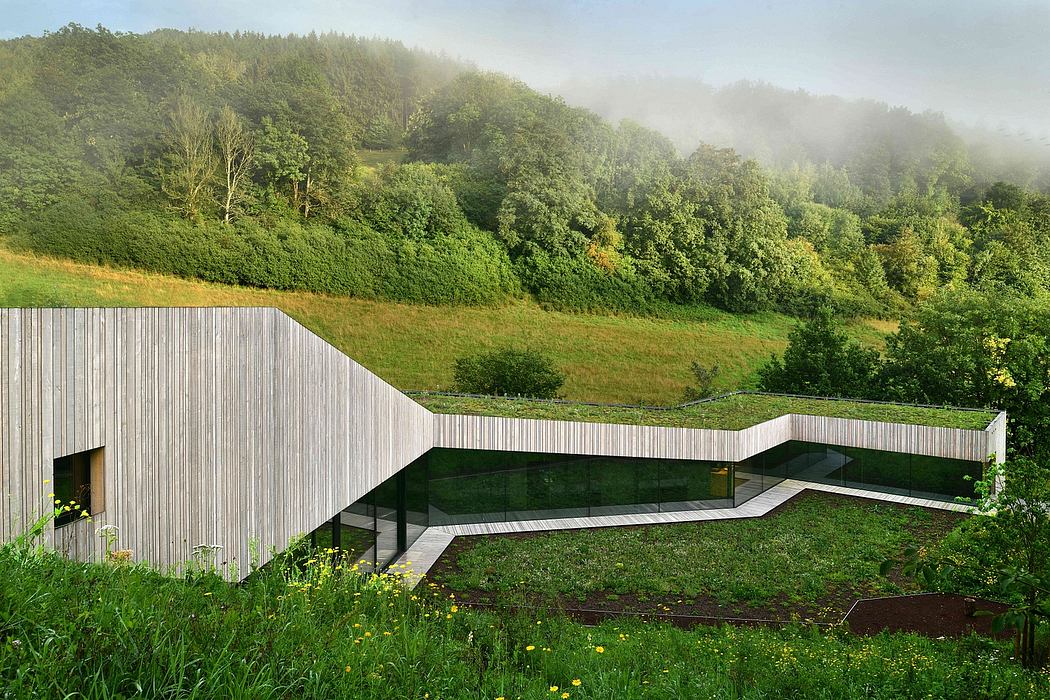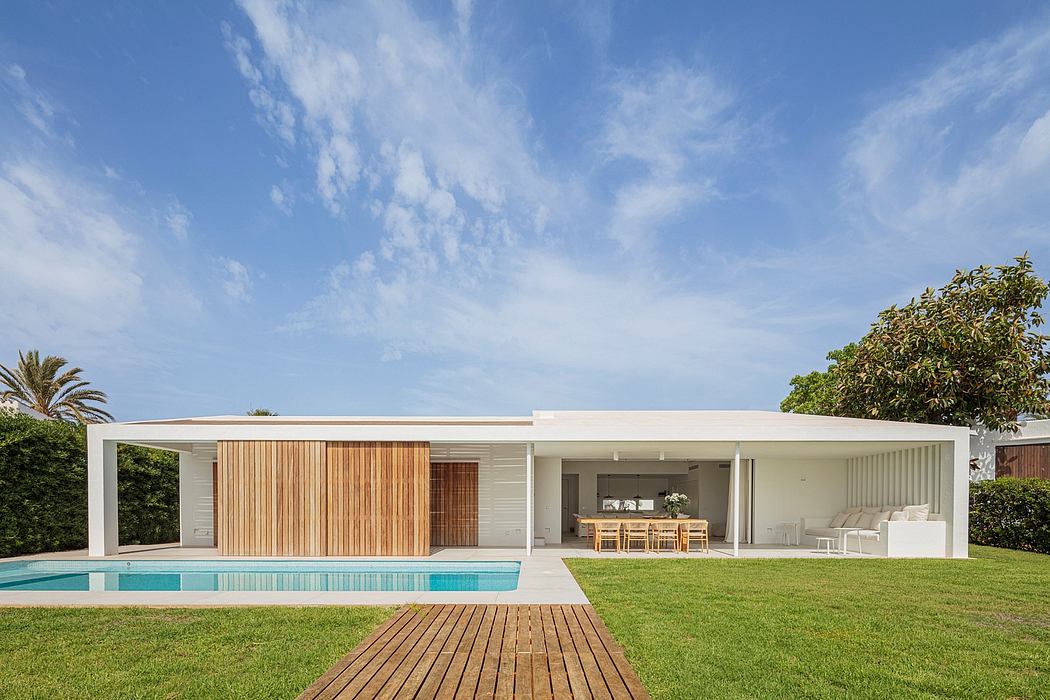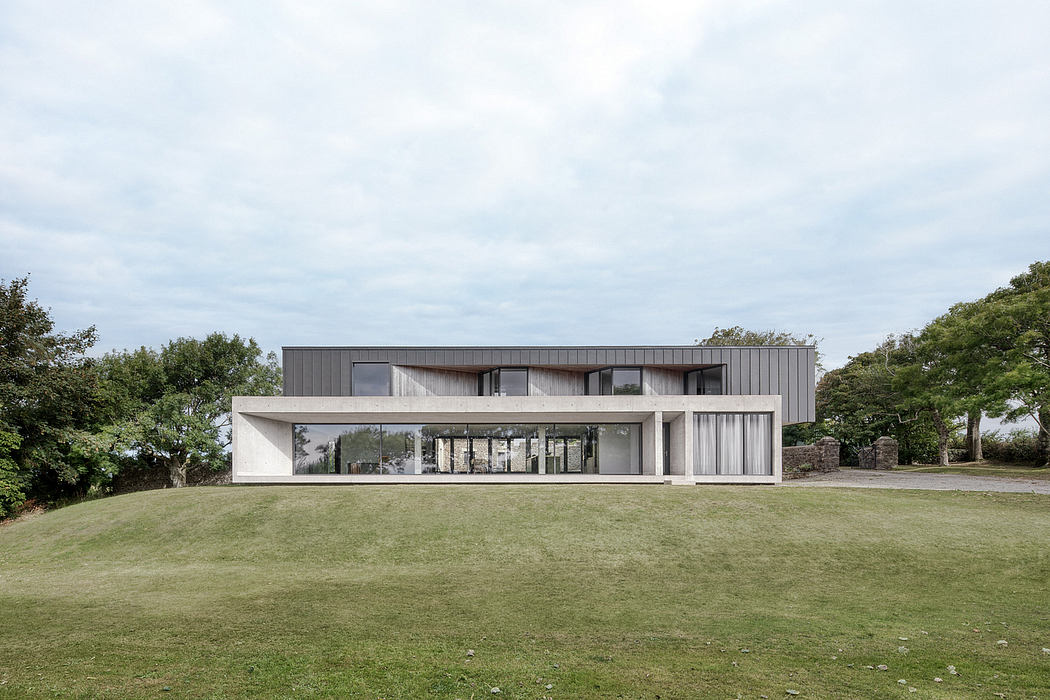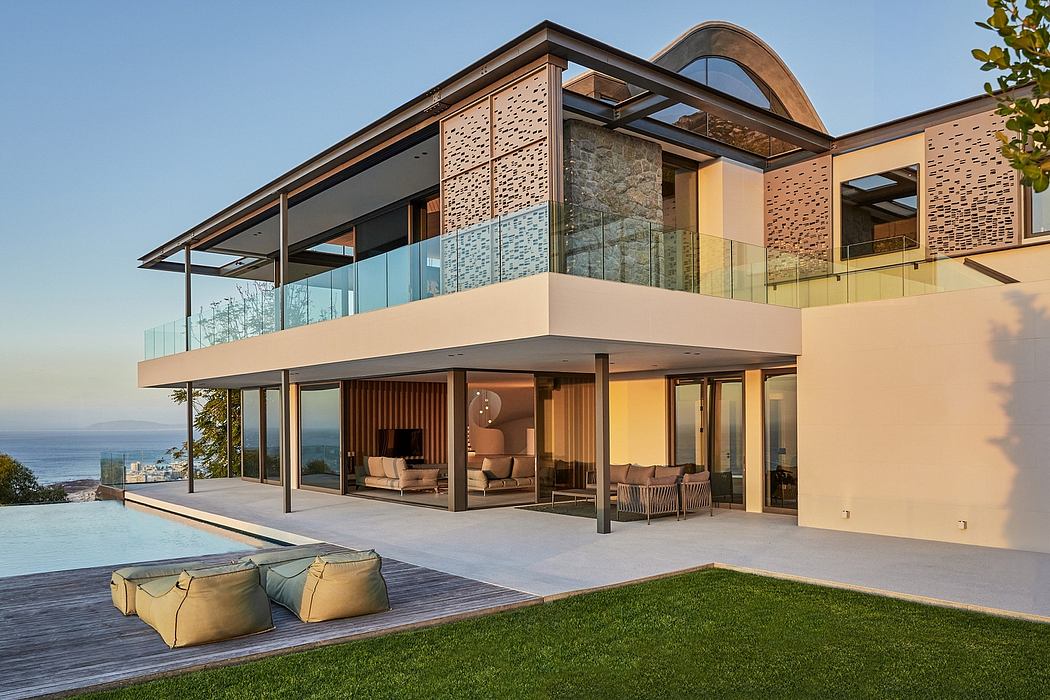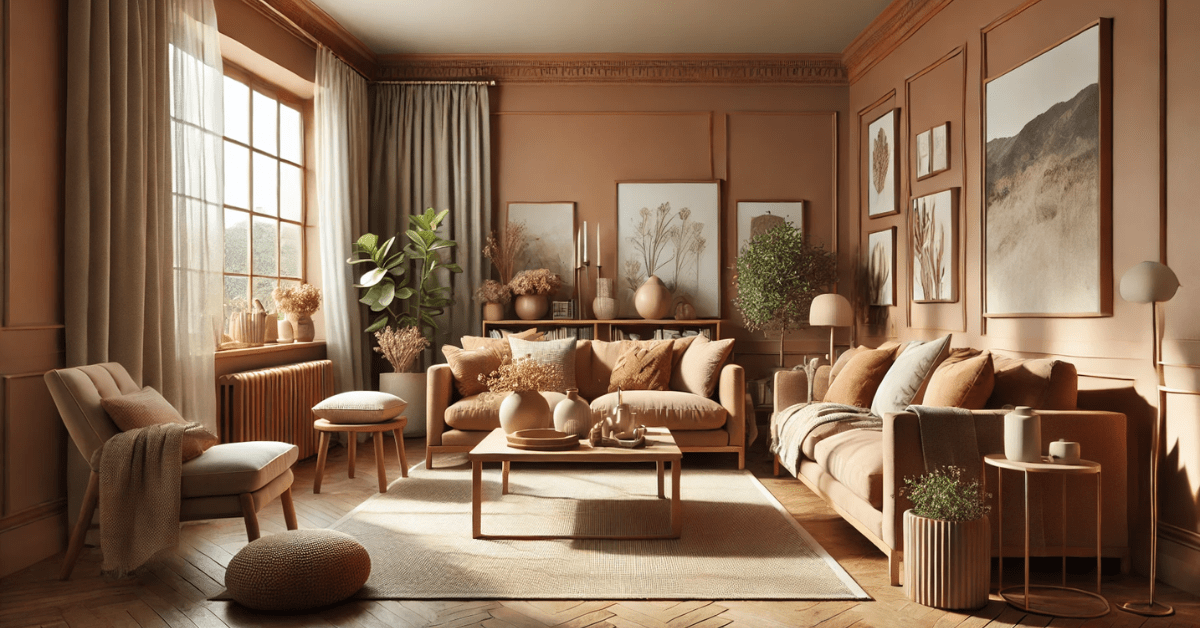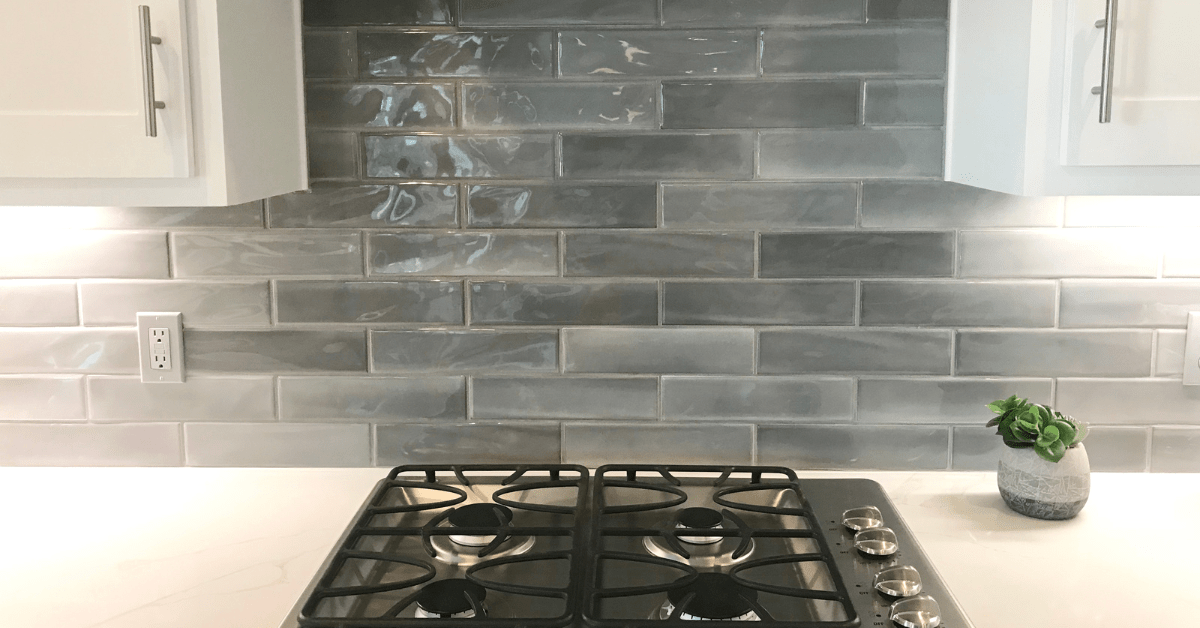Living on the edge

Why we choose homes in danger zones For a few days in early May, I felt as though I lived in an Etch A Sketch. Beginning April 30, there were hundreds of small earthquakes each day on East Hawai?i Island. Then Kilauea volcano opened up and lava started pouring out about eight miles from my home.
Families evacuated and, at this writing, more than 100 homes have been destroyed?and that doesn?t include unpermitted homes that haven?t yet been counted. The lava flow is still strong and active, claiming acres of property, but no lives. Thousands of us have been displaced?if not by the flow itself, by the sulfur gas and the fear of being surrounded by active lava flows. We don?t know when we?ll be able to live regular lives in our own homes again. We live on the flank of an active volcano, but I?m not ready to abandon Kilauea just yet.
I?m not alone in my choice to live here. We number in the tens of thousands on or near Kilauea Volcano. And that?s only one kind of danger zone: Millions live on California?s San Andreas fault, and evacuation zones lace the lowlands of many Eastern states due to risk of flooding. We are not a special population that enjoys danger so much as we are regular homeowners who attempt to balance beauty with financial risk, playing the odds?and navigating the insurance and subsidy systems?in the hope that disaster won?t darken our doors.
When I first started looking at real estate in the lower Puna district of Hawai?i back in 2001, I was shocked ...
| -------------------------------- |
| Lijo Reny Architects completes residence featuring terracotta walls | #Shorts | Dezeen |
|
|





